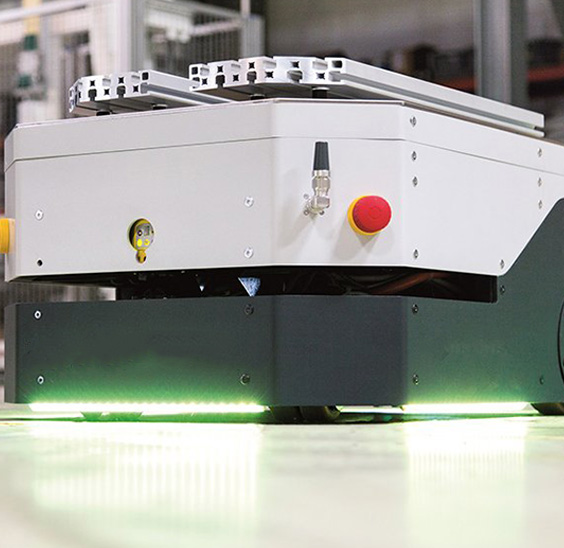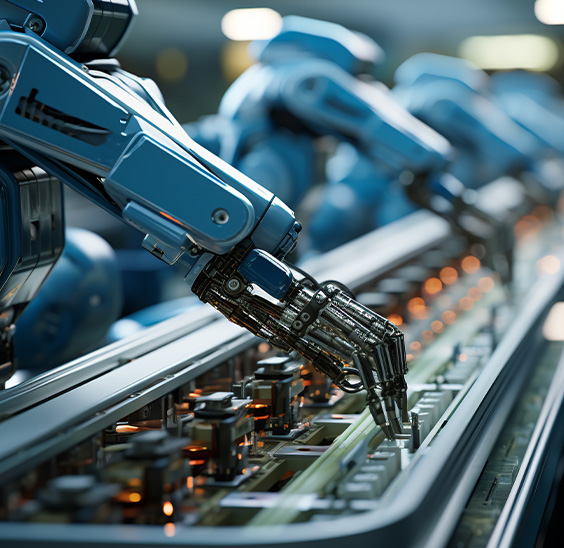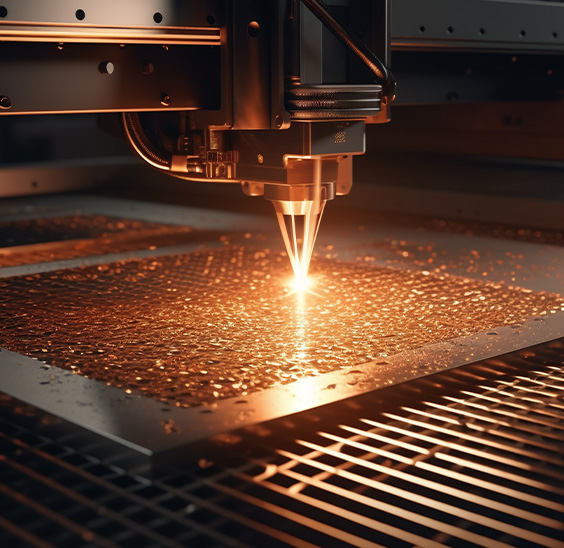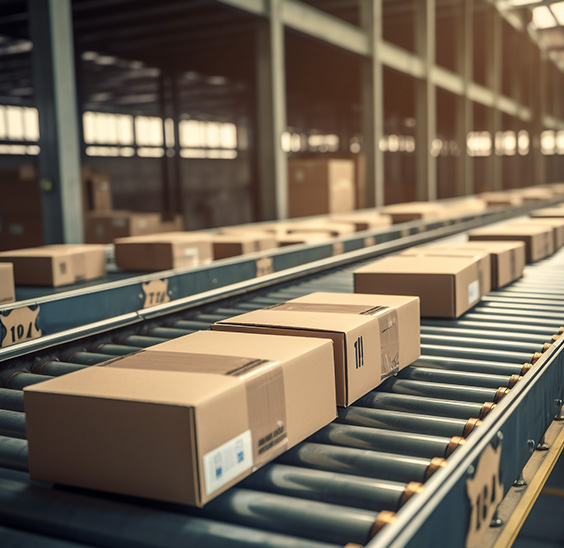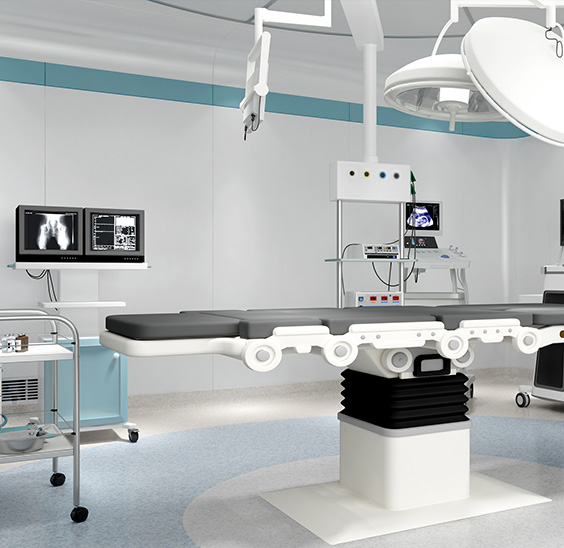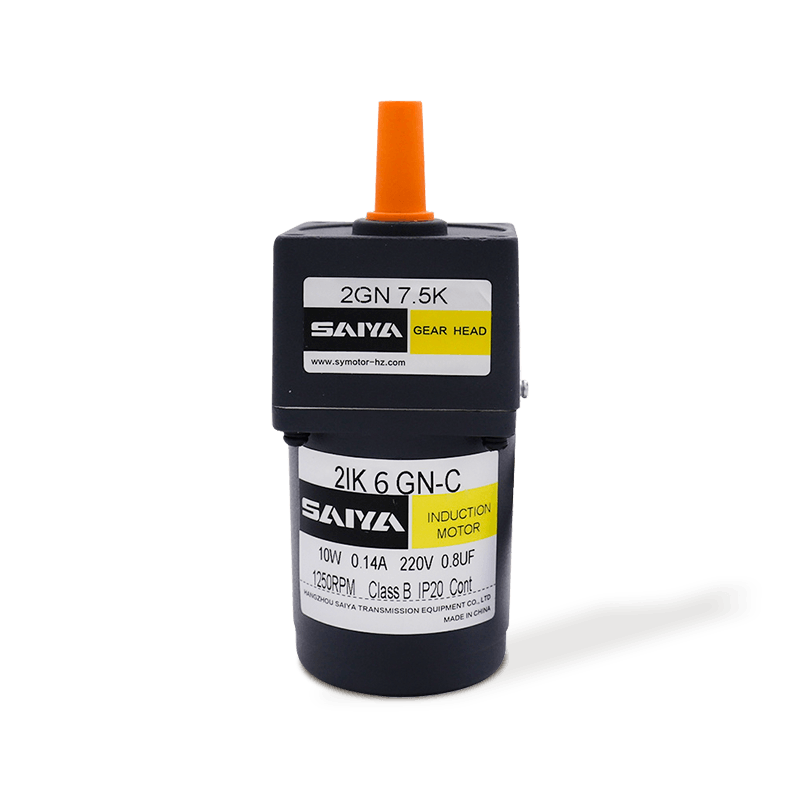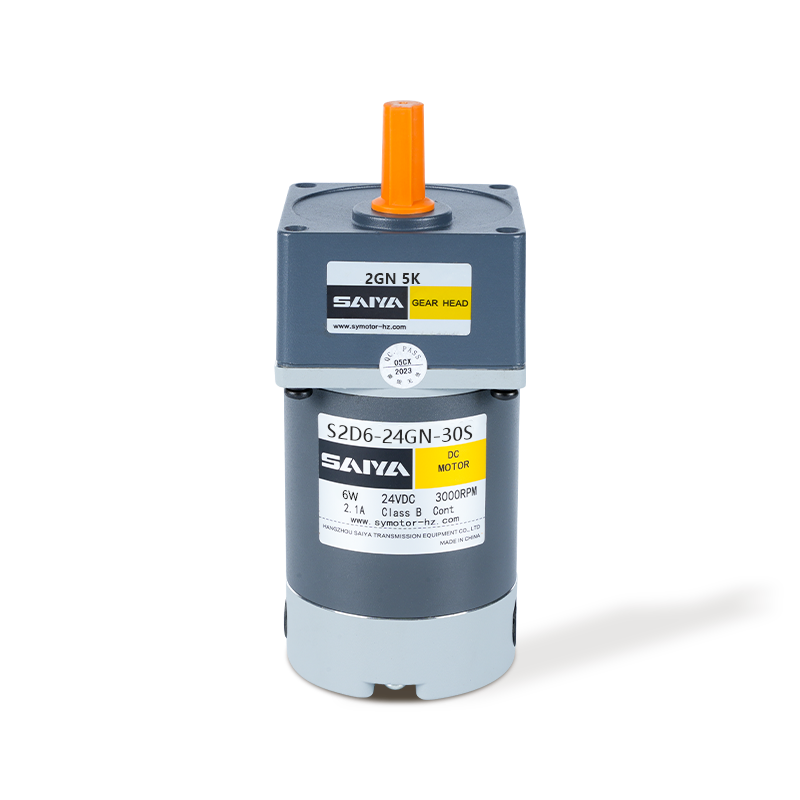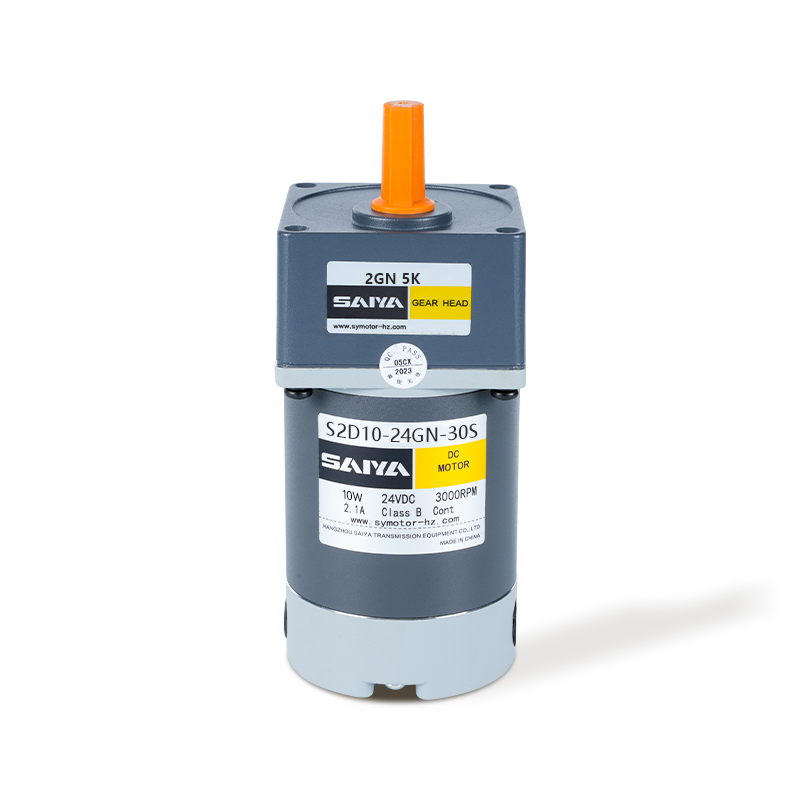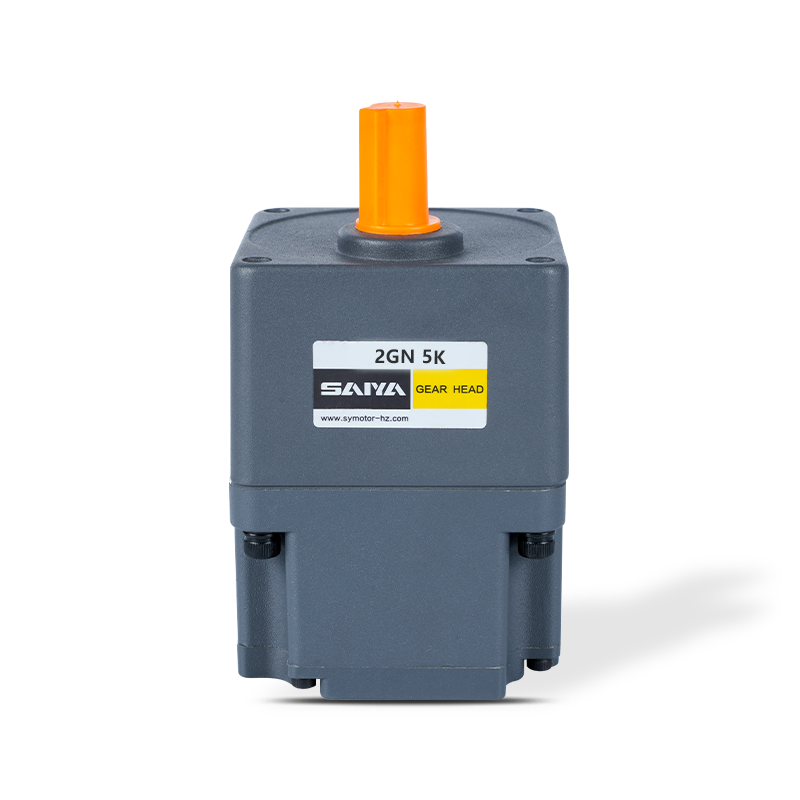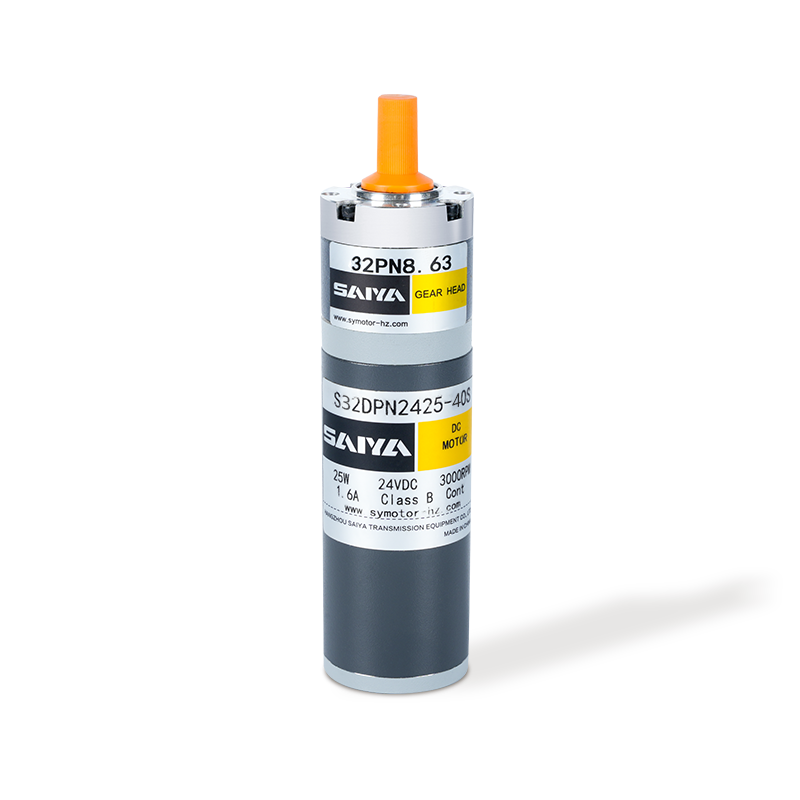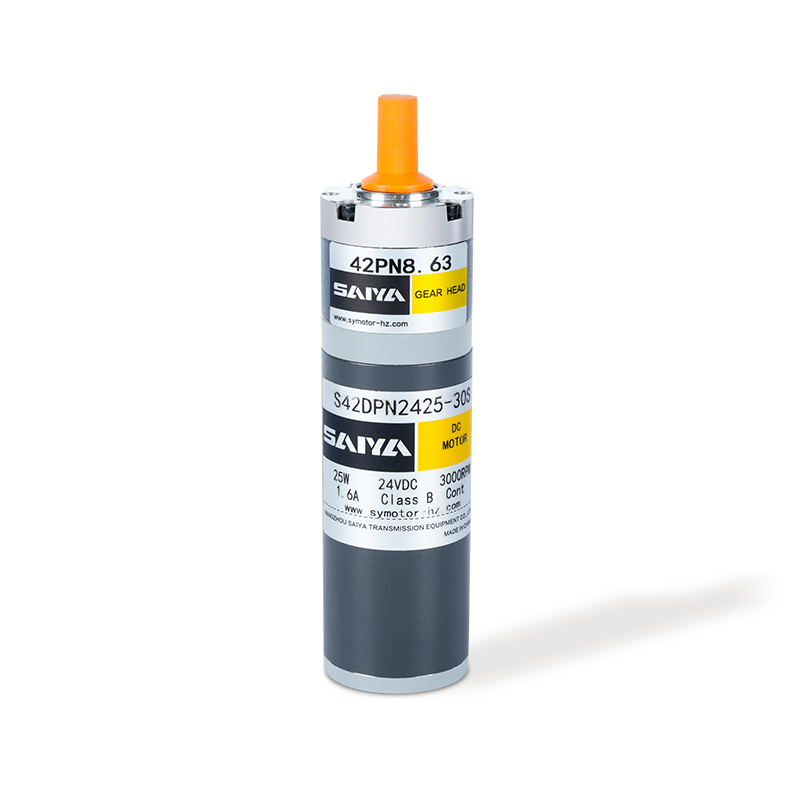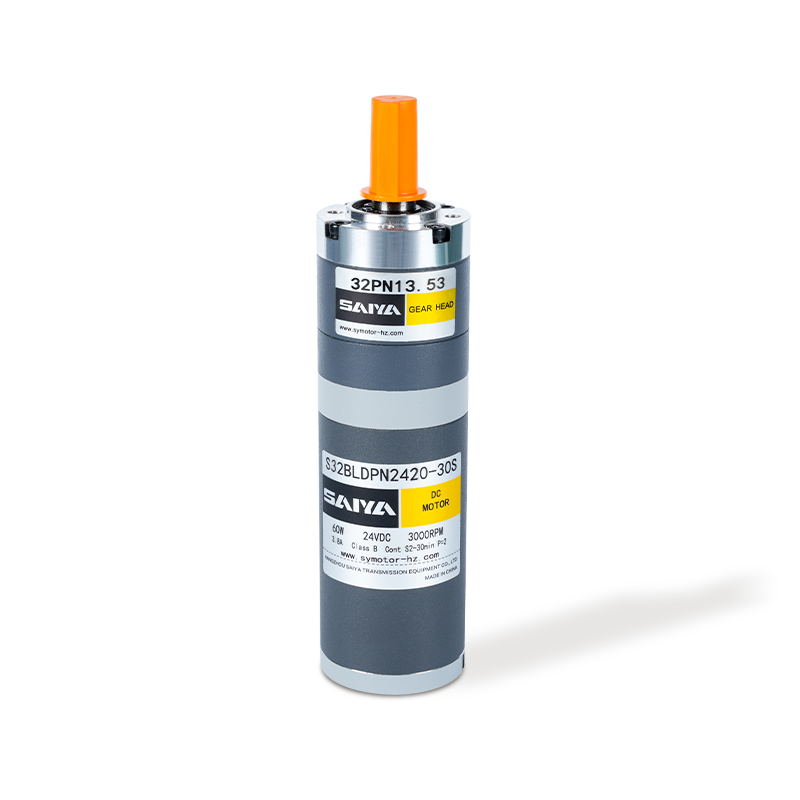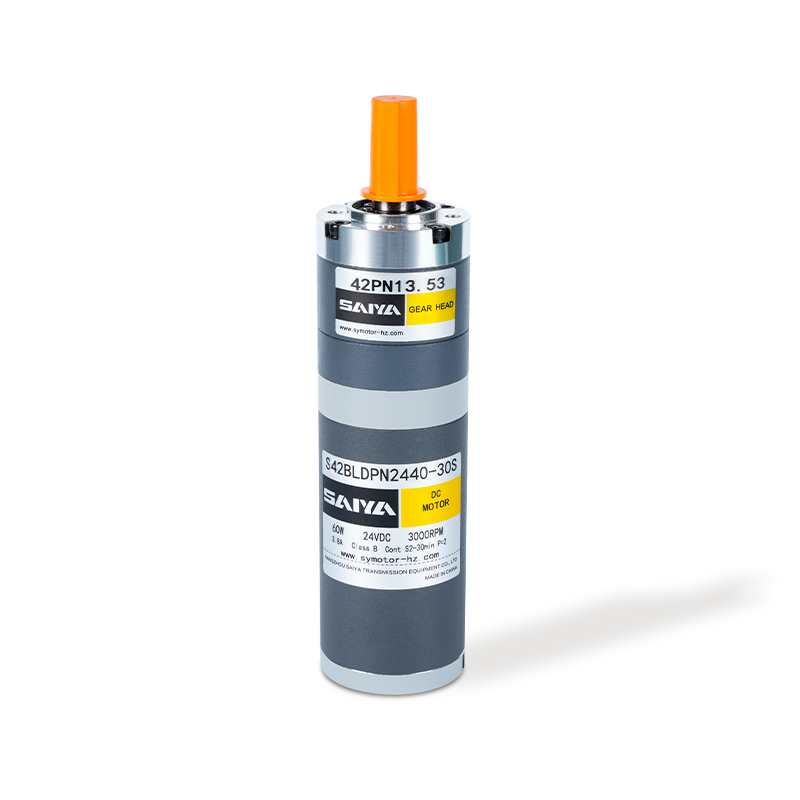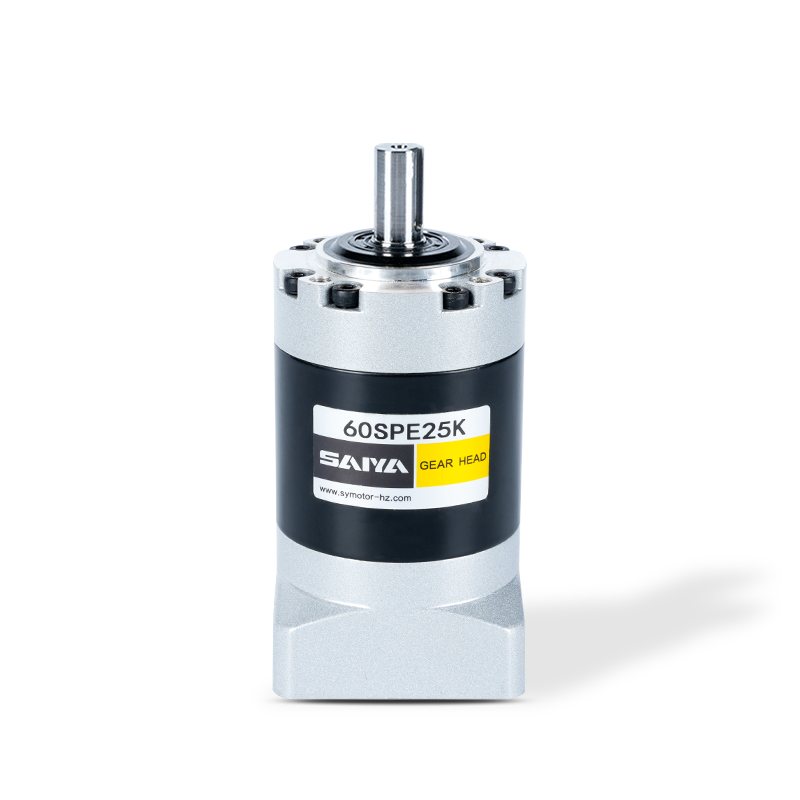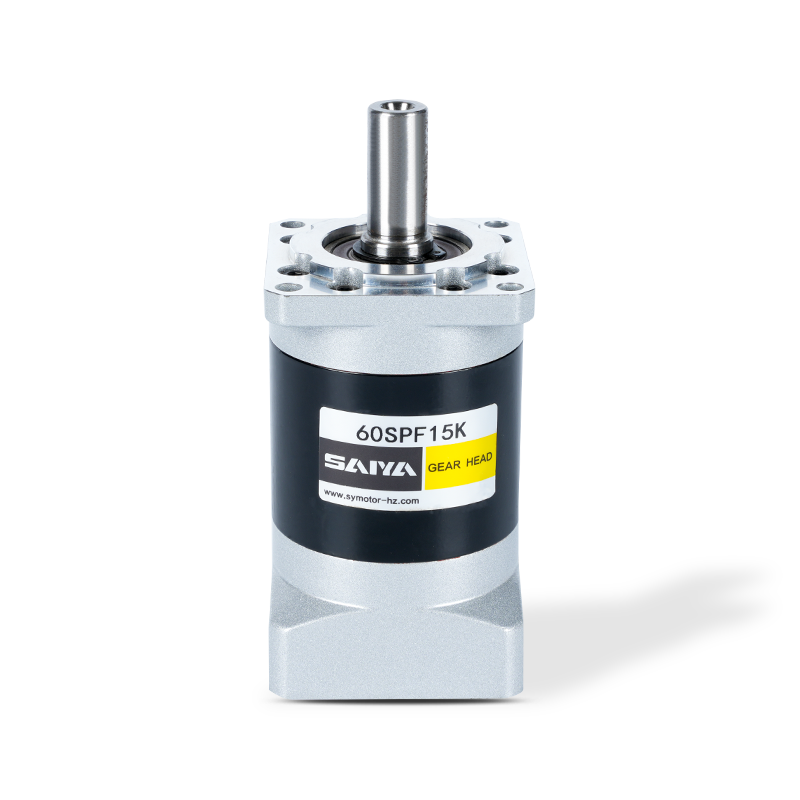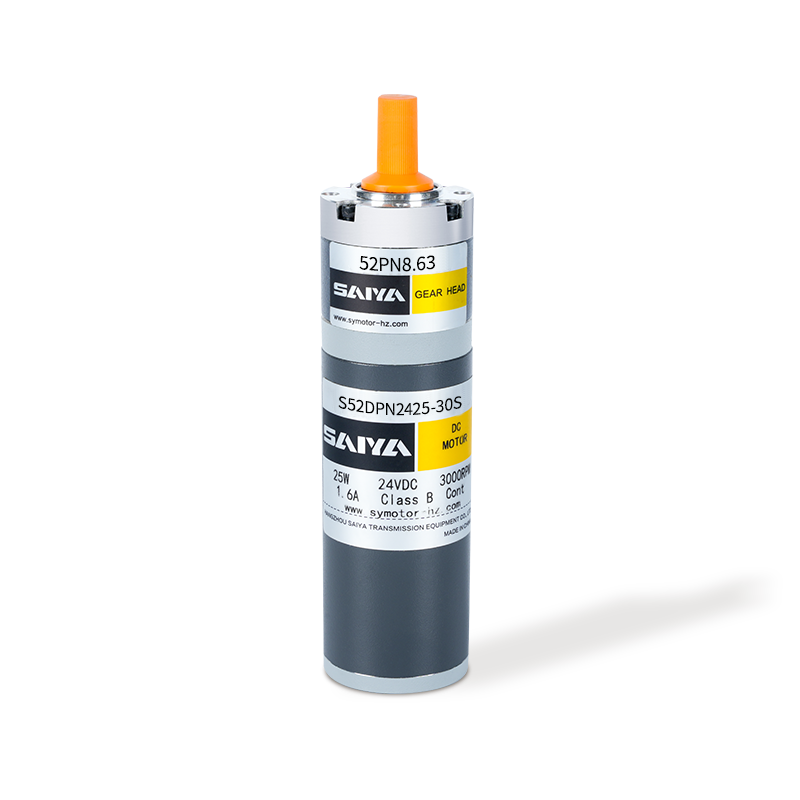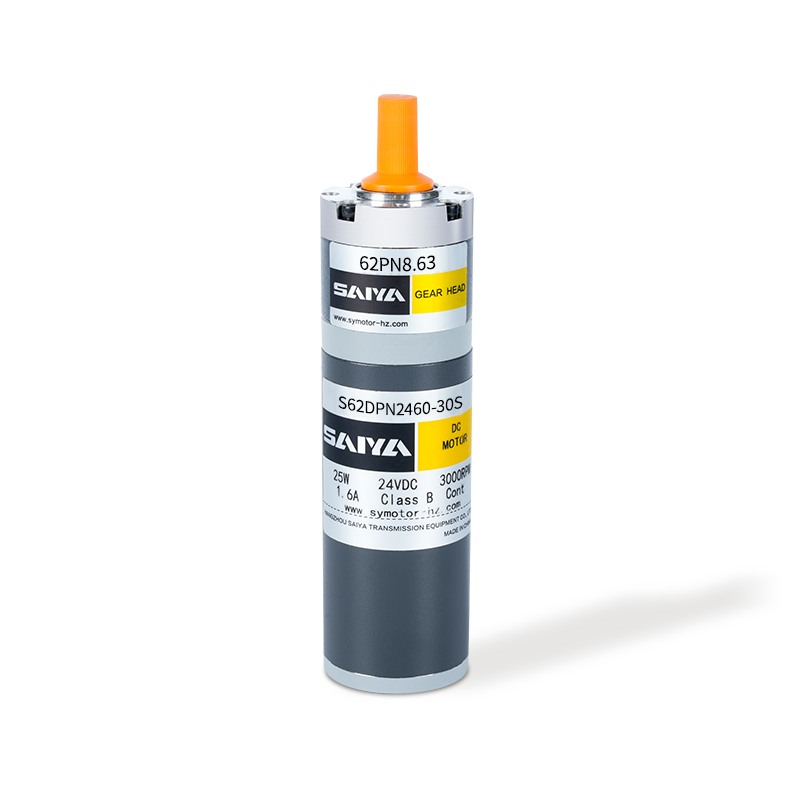How does the Precision Planetary Gearbox achieve high-precision and high-efficiency transmission?
As a key component in modern mechanical transmission systems, the Precision Planetary Gearbox is widely used in industrial automation, robotics, aerospace, and precision instrumentation for its high efficiency, high load capacity, and compact structure. With the rapid development of intelligent manufacturing, higher requirements are being placed on the performance, stability, and reliability of precision planetary gearboxes, driving continuous innovation and optimization of related technologies.
Structural Features of the Precision Planetary Gearbox
The core of the precision planetary gearbox lies in its unique gear arrangement. Compared to traditional parallel-axis gear transmissions, the planetary gearbox achieves power distribution and multiplication through a transmission system consisting of a sun gear (sun gear), multiple planetary gears, and an annular gear (ring gear). During operation, the planetary gears rotate around the sun gear, simultaneously driving the gear carrier to achieve the desired speed and torque at the output.
This structure not only ensures high transmission efficiency but also enables the precision planetary gearbox to have a greater load capacity per unit volume. Because the gears are evenly distributed, noise and vibration levels are significantly reduced, which is particularly critical for high-precision mechanical equipment.
Performance Advantages of Precision Planetary Gearboxes
The performance advantages of precision planetary gearboxes are primarily reflected in high precision, high rigidity, and long life. Precision-machined gears and strict gear mesh control ensure extremely low backlash and high repeatability during operation, meeting the requirements of high-precision applications. By optimizing gear materials, heat treatment processes, and lubrication system design, precision planetary gearboxes maintain stable performance under high-load and high-speed conditions, reducing wear and energy loss. Finally, the modular design of precision planetary gearboxes facilitates maintenance and component replacement, extending the overall life of the equipment.

The Impact of Materials and Processing on Precision Planetary Gearboxes
Material selection and processing directly determine the performance and reliability of precision planetary gearboxes. High-strength alloy steels and special heat treatment processes are widely used in gear manufacturing to improve wear resistance and fatigue resistance. Furthermore, advanced CNC machining technology and precision gear grinding ensure gear tooth profile and meshing accuracy, thereby reducing transmission errors and vibration and noise. In high-precision applications, a combined processing method combining hobbing and honing is even used to further enhance gear accuracy and transmission stability.
Optimizing surface coatings and lubrication technologies plays a crucial role in the long-term, stable operation of precision planetary gearboxes. By selecting the appropriate lubricant and surface treatment, friction loss can be significantly reduced, micro-vibration can be suppressed, and the gear's corrosion and temperature resistance can be improved.

Applications of Precision Planetary Gearboxes
Precision planetary gearboxes are widely used in modern industry. In robotics, precision planetary gearboxes provide high-precision joint control, enabling industrial robots to maintain stability and flexibility during complex operations. In aerospace and precision instrumentation, their high rigidity and high precision ensure system stability and reliability. Precision planetary gearboxes are indispensable core components in high-end equipment such as CNC machine tools, medical equipment, and optical instruments, providing stable power transmission and precise positioning capabilities.
How to Choose the Right Precision Planetary Gearbox
Selecting the right precision planetary gearbox requires comprehensive consideration of factors such as load requirements, speed range, accuracy level, and installation space. High-precision applications typically require models with low backlash and high rigidity to ensure precise control even at high speeds. Furthermore, a suitable transmission ratio and torque output capacity are key factors in ensuring the overall performance of the mechanical system. For diverse industrial applications, precision planetary gearbox manufacturers offer customized designs to meet the technical requirements of specific scenarios.
As a core component of modern mechanical transmission technology, precision planetary gearboxes, with their high precision, high efficiency, and versatility, play an irreplaceable role in industrial automation, robotics, aerospace, and high-end equipment. Through optimized design, advanced materials, and intelligent monitoring technology, precision planetary gearboxes will continue to maintain technological leadership in future industrial fields and lead the development of high-precision transmission systems.


 EN
EN  English
English 中文简体
中文简体 русский
русский Español
Español
